Stagnant email service providers becoming irrelevant? (see conclusion)
In a previous post there was a lively discussion about the terms Demand Generation and Lead Management Automation (LMA) systems. The consensus was that Lead Management System is part of the demand generation process, and focuses on managing leads you already have in your database (and capturing/importing new leads). Some example features:
- building landing pages and registration forms
- tracking the source of leads
- collecting as much information as possible (web & data analytics)
- nurturing via email and other channels
- calculating a lead score until the prospect is sales-ready
But how does that compare to email marketing, web analytics and landing page optimization tools? In talking to several marketing managers, they often asked: “How do LMA systems compare to {fill in any other marketing software}”. In the next paragraphs I compare LMA systems with other popular marketing systems, and I hope to go more in-depth in future posts.
Email Marketing
Lead Management Systems can send out batch emails to a list, similar to Email Services Providers (ESPs) like VerticalResponse, ExactTarget and Constant Contact. Interesting enough, I’ve heard of several companies that still use ESPs in addition to their Lead Management System, not sure why. Let me know if you have ideas.
Lead Management Systems also provide lots of advanced email features, such as drip-marketing, event-based emails, heavily segmented and personalized emails (e.g. sent from the account of the responsible sales person), and event reminder emails. However, ESPs are also moving forward, and for example ExactTarget now also offers drip-marketing support.
Data Management
Some demandgen vendors provide data management features for deduplication and normalization. My personal opinion is that these features are usually somewhat limited, and that they’re not mature enough to replace specialized data cleaning solutions (Ringlead, DemandTools). But that may change soon, as LMA vendors keep expanding their offerings.
Web Analytics
All Lead Management Systems offer some kind of web analytics, mostly focused on marketing metrics. Only LMA systems aimed at smaller companies tend to offer generic web analytics (page views, referrers, etc.). In all other cases, you would still need a general-purpose Web Analytics systems, such Google Analytics, Coremetrics, Omniture or WebTrends.
There are also some specialized Web Analytics vendors that identify the company name of anonymous leads (Leadlander) or website activity for known leads (Genius.com). However, more and more LMA systems include this functionality. It ranges from fairly basic (Market2lead) to more comprehensive (Marketo, Genius Enterprise, ActiveConversion, LeadGenesys, Pardot).
Web Content Management
Lead Management Systems also do not replace Web Content Management systems, although it may be more common to have WCM features in Demand Generation in the future (earlier post). The only web pages they currently manage are landing pages or microsites. Those are usually hosted on a subdomain such as http://marketing.company.com. There are some exceptions: both Marketbright and Marqui include a full WCM system.
Landing page optimization & Website Personalization
An area where many Lead Management Systems can still improve is landing page optimization. In my opinion they should offer more features to optimize landing page conversion, which critical for Search Marketing efforts. There are dedicated vendors with a superior feature set, such as ion interactive, magnify360 and Sitebrand.
I’ve heard some vendors thinking about personalizing offers based on behavior of anonymous visitors to make it more likely that they register for an offer. Currently I’m not aware of any LMA vendors that offer this functionality: let me know if you know more about this…
Search Marketing
Search Engine Optimization and Pay-per-Click management are usually not included in Lead Management Systems. At most, LMA systems provide reporting on the lead source (which keywords, and organic search or PPC). It looks like SEO and PPC management will stay separate from Lead Management for the short to medium term. Personally I expect this will be integrated in the long term, as lead acquisition and lead management naturally complement each other, and cover the entire demand generation cycle.
Conclusion
Lead Management Automation vendors are rapidly expanding their functionality, but will not replace all specialized tools any time soon. I think we’ll see a consolidation of the industry of the next couple of years. Specialized vendors need to keep innovating, otherwise they will falter. Some categories are there to stay, such as Web Content Management and Web Analytics, but each will also expand their marketing automation features.
I’m not sure about Email Service Providers: In my opinion they either need to move towards lead management or become irrelevant. ExactTarget, Lyris and Silverpop are on the move, but VerticalResponse is at risk: even for small companies there are more effective lead management solutions (such as InfusionSoft).
What do you think: is there a future for pure-play ESPs?

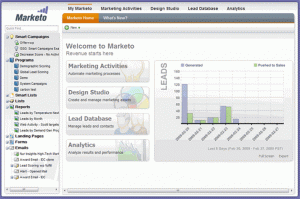
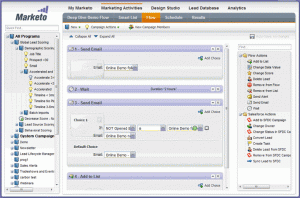
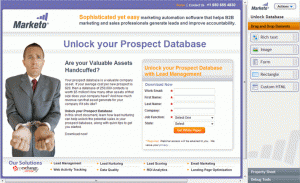
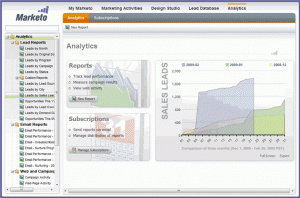
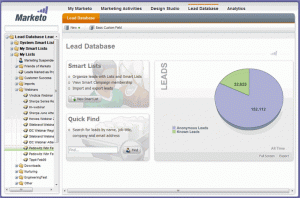

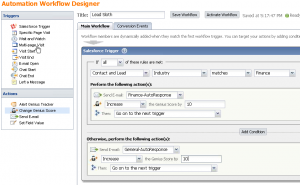
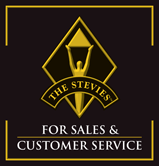 The
The 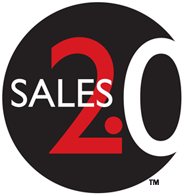 “Sales 2.0 brings together customer-focused methodologies and productivity-enhancing technologies that transform selling from an art to a science. Sales 2.0 relies on a repeatable, collaborative and customer-enabled process that runs through the sales and marketing organization, resulting in improved productivity, predictable ROI and superior performance.” – Pelin Wood Thorogood and Gerhard Gschwandtner
“Sales 2.0 brings together customer-focused methodologies and productivity-enhancing technologies that transform selling from an art to a science. Sales 2.0 relies on a repeatable, collaborative and customer-enabled process that runs through the sales and marketing organization, resulting in improved productivity, predictable ROI and superior performance.” – Pelin Wood Thorogood and Gerhard Gschwandtner The key to their approach is an advanced lead nurturing engine, to avoid “follow-up failure”. They claim that the first sale usually takes place after 7 follow-ups, but that most sellers stop following-up after 3 tries. A convincing story, and thousands of customers are using InfusionSoft, so it must be working.
The key to their approach is an advanced lead nurturing engine, to avoid “follow-up failure”. They claim that the first sale usually takes place after 7 follow-ups, but that most sellers stop following-up after 3 tries. A convincing story, and thousands of customers are using InfusionSoft, so it must be working.